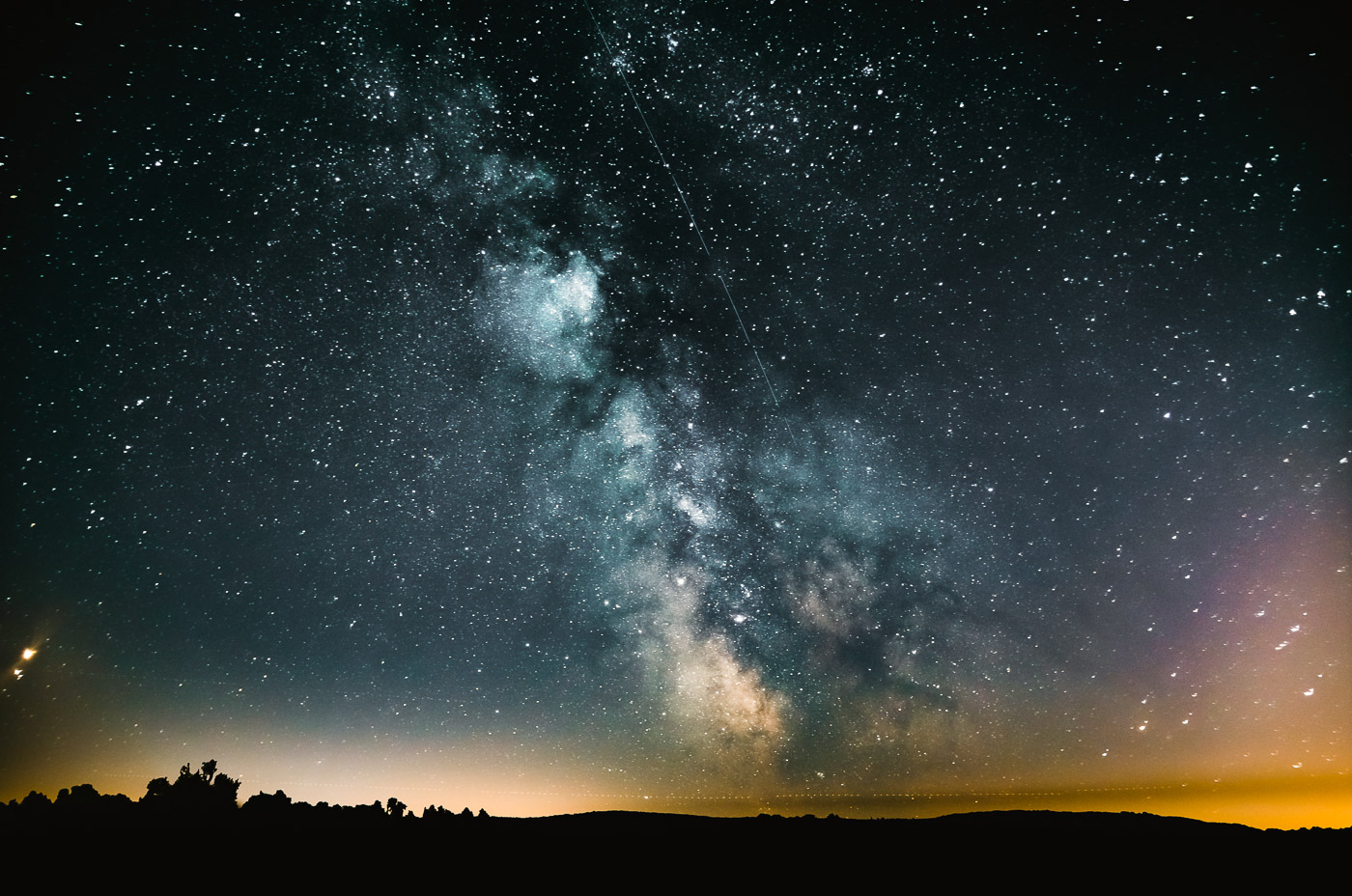- Messages
- 374
- Name
- Richard Walton
- Edit My Images
- Yes
Good evening all.
I spent rather a good week down in Cornwall last week and during my time down there I was looking up at the sky and marvelling at all the stars that were visible down there. Then I had the brain wave - it don't happen that often, so it came as quite a shock to me I can tell you - that I could have a go at Astro-Photography. I'd got my tripod with me and I had the perfect chance at shooting the stars being based at the top of the cliffs in Freathy on our own private decking.
I'd downloaded the Sky-Walk app and was looking around for any probable features. Pointing out to sea I think the app was showing me the Milky Way and I'd previously seen an amazing image someone put up in this forum of the Milky Way shot from Port Wrinkle just a couple of miles along the coast from me.
I set up my camera using the following settlings:
I spent rather a good week down in Cornwall last week and during my time down there I was looking up at the sky and marvelling at all the stars that were visible down there. Then I had the brain wave - it don't happen that often, so it came as quite a shock to me I can tell you - that I could have a go at Astro-Photography. I'd got my tripod with me and I had the perfect chance at shooting the stars being based at the top of the cliffs in Freathy on our own private decking.
I'd downloaded the Sky-Walk app and was looking around for any probable features. Pointing out to sea I think the app was showing me the Milky Way and I'd previously seen an amazing image someone put up in this forum of the Milky Way shot from Port Wrinkle just a couple of miles along the coast from me.
I set up my camera using the following settlings:
- ISO 5000
- Manual focus at infinity
- Bulb shutter set at 5 mins using an MC-36 remote.
- Nikkor 24-70 F/2.8
- D800 camera on tripod



